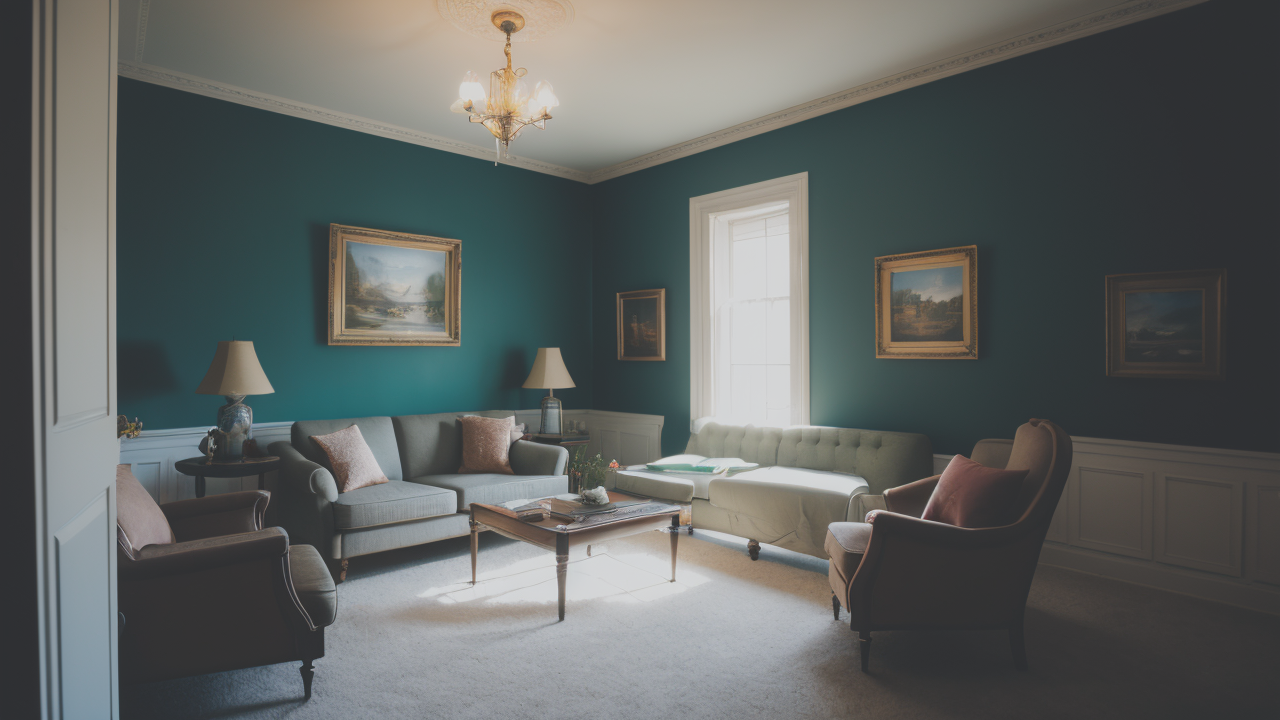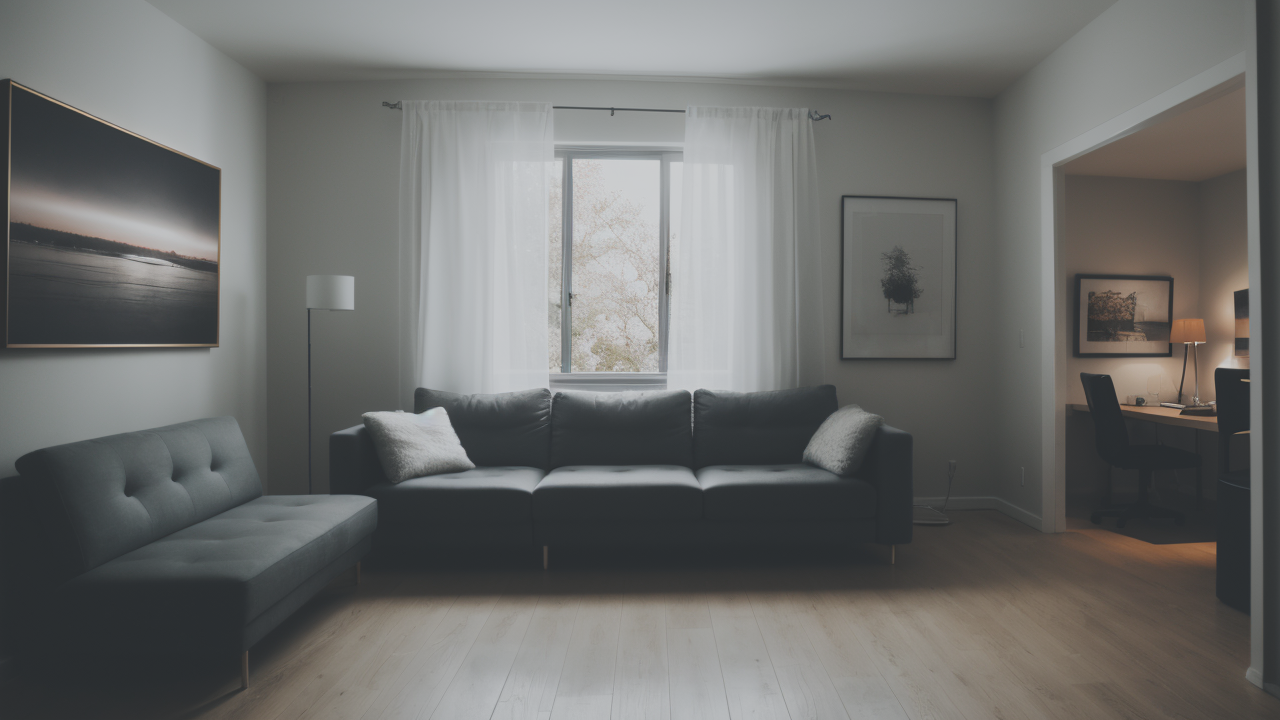
Vibrant Interiors: How to Incorporate Colorful Painted Pieces into Your Home Design
Understanding the Relationship Between Visual Art and Furniture Design
The History of Art in Furniture
Art and furniture have a rich shared history. Ancient cultures adorned chairs with intricate carvings. The Renaissance saw the rise of painted furniture panels. Art Nouveau brought flowing lines to furniture design. Mid-century modern embraced bold colors and simple shapes. Today, the line between art and furniture often blurs. Many pieces serve both functional and aesthetic purposes. This fusion allows for creative expression in home decor. It offers endless ways to personalize living spaces. The evolution reflects changing tastes and cultural values. It shows how art and design continue to influence each other. This history provides a foundation for modern interior design choices.

Bridging Artistic and Design Principles
Combining art and furniture requires understanding key principles. Color theory is crucial for creating harmonious spaces. Texture adds depth to both art and furniture pieces. Scale ensures balanced compositions within a room. Negative space prevents cluttered looks. Contrast can create focal points and add visual interest. Rhythm and repetition tie elements together for a cohesive feel. These principles help create unified interiors. They allow for seamless integration of art and furniture. The result is a space that feels intentional and well-designed. Understanding these concepts helps in making informed decor choices. It allows for creative yet harmonious combinations of art and furniture.
Curating Your Space with Textured Art Pieces
The Appeal of Textured Paintings in Home Decor
Textured paintings add depth and dimension to walls. They create visual interest and invite touch. These artworks catch light in unique ways, changing throughout the day. Textured pieces can soften hard edges in modern spaces. They add warmth and character to minimal environments. Abstract textured art allows for personal interpretation. It can evoke emotions and spark conversations. Textured paintings work well with various decor styles. They can be bold statement pieces or subtle accents. The tactile quality engages multiple senses. This creates a more immersive interior experience. Textured art can complement or contrast with furniture textures. It adds a layer of complexity to room design.

How Textured Art Enhances Furniture Aesthetics
Textured art complements furniture by adding visual contrast. Smooth furniture pairs well with rough, tactile paintings. This creates a dynamic and balanced look in a room. Textured art can echo materials used in furniture design. For example, a woven painting might pair well with a rattan chair. Color in textured art can tie together different furniture pieces. It can provide a pop of color in neutral settings. Large textured pieces can anchor a furniture arrangement. Smaller works can fill gaps and create visual flow. Textured art can soften the lines of angular furniture. It adds organic elements to structured layouts. The interplay between art and furniture creates a cohesive design. It helps to define the style and mood of a space.
Strategies for Sourcing and Displaying Textured Art Pieces
Finding the Right Textured Art Pieces for Your Decor
Start by defining your style and color preferences. Consider your existing furniture and color scheme. Look for art that complements or contrasts with your decor. Explore various mediums: oils, acrylics, mixed media, or textiles. Visit local galleries, art fairs, and student exhibitions. Online platforms offer options from global artists. Consider commissioning a piece for a unique addition. Pay attention to size and scale when selecting artwork. Collect samples to test how colors work in your space. Don't rush; finding the right piece takes time. Remember that art is subjective; choose what speaks to you. Consider the overall mood you want to create in your room. Think about how the texture will interact with your space's lighting.

Tips for Displaying Textured Art in a Dynamic Furniture Setup
Consider the viewing angle when hanging textured art. Ensure proper lighting to highlight the artwork's details. Group textured pieces with smooth art for balance. Use floating shelves for flexible display of smaller works. Rotate art seasonally to keep your space fresh. Try unconventional placements, like above doorways. Layer textured art with other decor elements for depth. Use picture lights to create dramatic shadows on textures. Pair textured art with mirrors to amplify its impact. Choose appropriate hanging methods for the artwork's weight. Create a gallery wall mixing textured and flat pieces. Allow each piece room to breathe and be appreciated. Art placement can change the perception of room size. Consider the flow of the room when positioning art. Use textured art to add warmth to minimalist furniture setups. Experiment with different heights to create visual interest.


